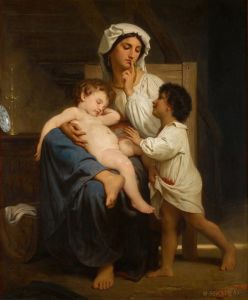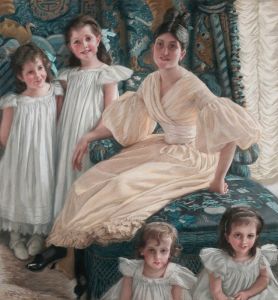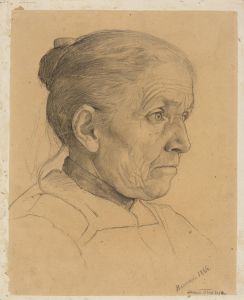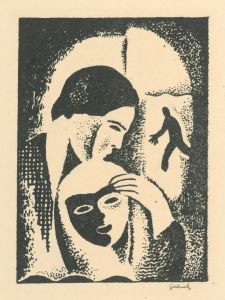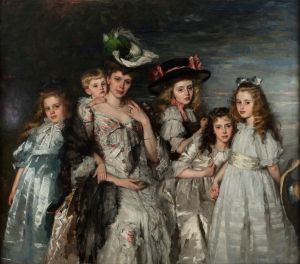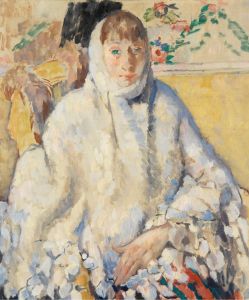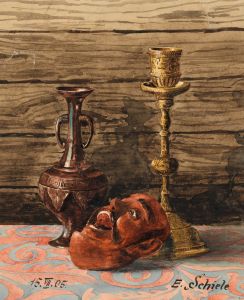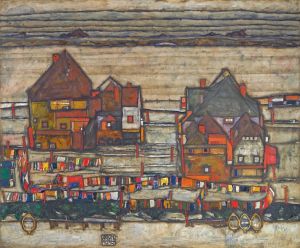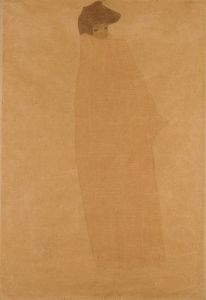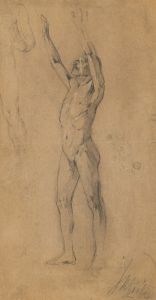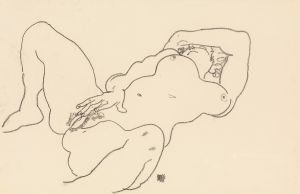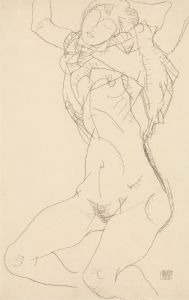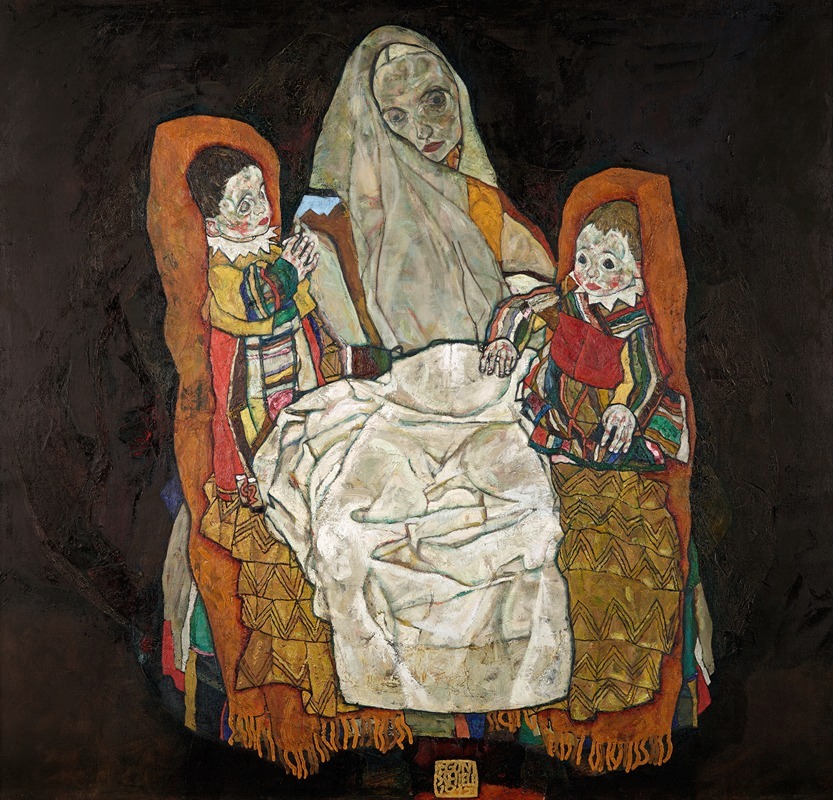
Mutter mit zwei Kindern III
A hand-painted replica of Egon Schiele’s masterpiece Mutter mit zwei Kindern III, meticulously crafted by professional artists to capture the true essence of the original. Each piece is created with museum-quality canvas and rare mineral pigments, carefully painted by experienced artists with delicate brushstrokes and rich, layered colors to perfectly recreate the texture of the original artwork. Unlike machine-printed reproductions, this hand-painted version brings the painting to life, infused with the artist’s emotions and skill in every stroke. Whether for personal collection or home decoration, it instantly elevates the artistic atmosphere of any space.
Egon Schiele, an Austrian painter known for his intense and often controversial works, created "Mutter mit zwei Kindern III" (Mother with Two Children III) in 1915. This painting is a poignant example of Schiele's exploration of human relationships, particularly the bond between mother and child. Schiele's work is characterized by its raw emotional intensity, and "Mutter mit zwei Kindern III" is no exception.
The painting depicts a mother with her two children, rendered in Schiele's distinctive style. The figures are elongated and angular, a hallmark of Schiele's approach to the human form. The mother's face is marked by a sense of weariness and concern, while the children appear vulnerable and dependent. The composition is intimate, drawing the viewer into the emotional world of the subjects.
Schiele's use of color in "Mutter mit zwei Kindern III" is notable. The palette is muted, with earthy tones dominating the scene. This choice of color enhances the somber mood of the painting, reflecting the hardships and emotional struggles of the subjects. The background is sparse, focusing attention on the figures and their interactions.
Egon Schiele was a protégé of Gustav Klimt and a major figure in the early 20th-century Viennese art scene. His work often dealt with themes of sexuality, death, and the human condition, and he was known for his unflinching portrayal of these subjects. Schiele's career was cut short by his untimely death in 1918 at the age of 28, but his influence on modern art remains significant.
"Mutter mit zwei Kindern III" was created during a turbulent period in Schiele's life. In 1915, he married Edith Harms, and the outbreak of World War I had a profound impact on him. The war brought about a sense of uncertainty and fear, which is reflected in the emotional depth of his work from this period. The painting can be seen as a reflection of Schiele's own anxieties and the broader societal upheaval of the time.
Schiele's technique in "Mutter mit zwei Kindern III" showcases his mastery of line and form. The figures are outlined with bold, confident strokes, and the use of shading adds depth and dimension to the composition. Schiele's ability to convey complex emotions through his depiction of the human body is evident in this work.
Today, Egon Schiele's "Mutter mit zwei Kindern III" is regarded as an important piece in his oeuvre. It exemplifies his unique artistic vision and his ability to capture the essence of human experience. The painting is held in high esteem by art historians and continues to be studied and admired for its emotional power and technical skill.
In summary, "Mutter mit zwei Kindern III" by Egon Schiele is a significant work that highlights the artist's exploration of human relationships and emotional depth. Created during a time of personal and societal turmoil, the painting remains a powerful testament to Schiele's artistic legacy.





